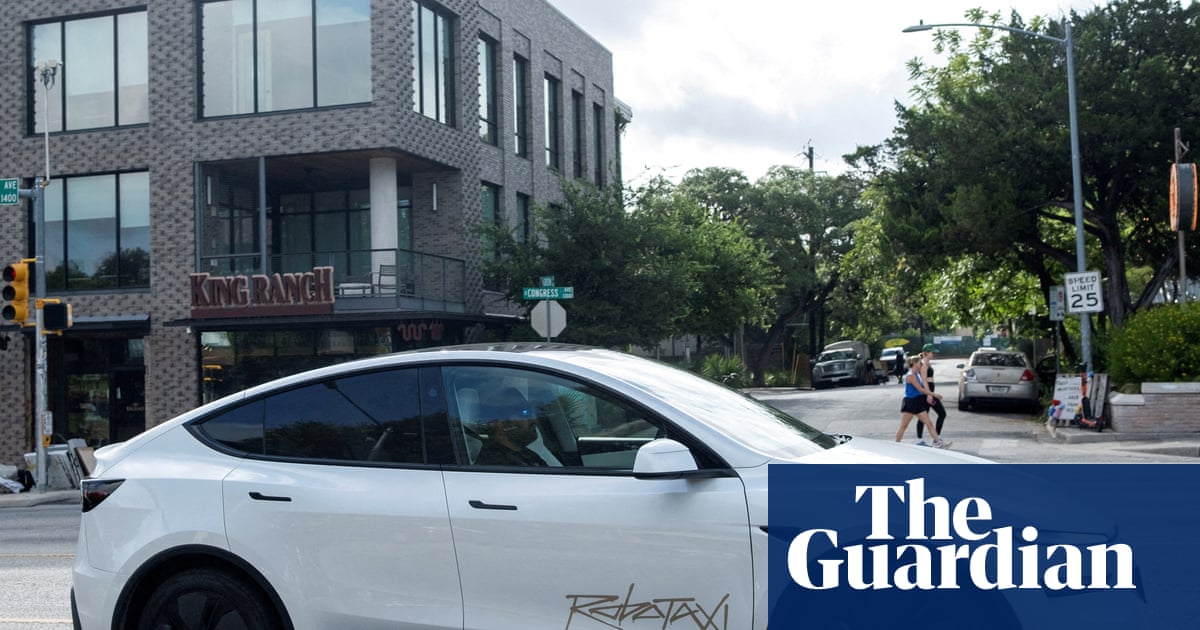The company’s rollout of its new driverless cars has gotten off to a wobbly start – and rival Waymo remains well ahead
After years of promising investors that millions of Tesla robotaxis would soon fill the streets, Elon Musk debuted his driverless car service in a limited public rollout in Austin, Texas. It did not go smoothly.
The 22 June launch initially appeared successful enough, with a flood of videos from pro-Tesla social media influencers praising the service and sharing footage of their rides. Musk celebrated it as a triumph, and the following day, Tesla’s stock rose nearly 10%.
What quickly became apparent, however, was that the same influencer videos Musk promoted also depicted the self-driving cars appearing to break traffic laws or struggle to properly function. By Tuesday, the National Highway Traffic Safety Administration (NHTSA) had opened an investigation into the service and requested information from Tesla on the incidents.



Thanks for the article. That is interesting. It also is confusing that they wrote “Lidar is not the only thing that can damage camera sensors – lasers are just as harmful.” Uh…Lidar is Laser.
But it is in so many fields, even devices with cameras. Apple has been adding Lidar to their phones/tablets for 5 years now. Why is this an issue now? Like I said, there is a TON of Lidar in use everyday.
Cars use stronger LIDAR lasers than the phones. The bigger range and faster response time requires it.